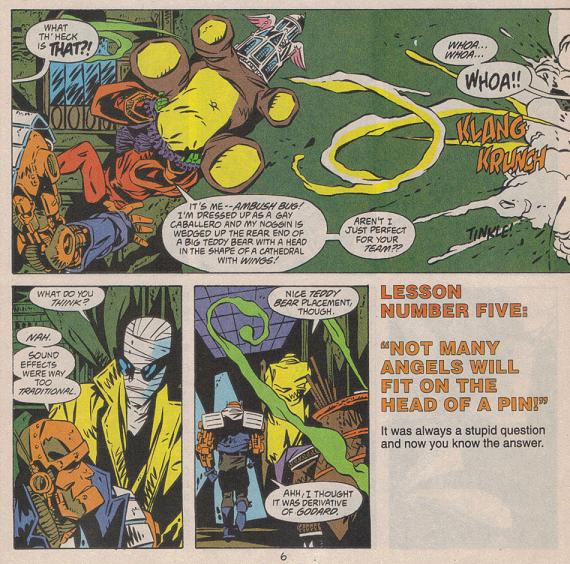Sexiest Comic Book Characters
Comic books have showcased a number of strong and sexy female characters over the years, including Scarlett Johansson as the Black Widow, Halle Berry as the Storm, Anna Paquin as the Rogue, Jessica Alba as Invisible Woman and Michelle Pfeiffer as Catwoman, to name a few. A multi-billion pound genius who learns to build a powerful metal suit to fight crime, much like Iron Man. So if you’re struggling to have sex tonight, adult comics can make for an interesting night.
These characters are among the most attractive comic book women of all time and are among the most dedicated comic book fans in the world. Let’s look at female comic book characters who are, in the eyes of most readers, the hottest heroes. Superheroes in comics have superpowers that are not often mentioned.
Blackfire
What is certain is that she is at the top of the list of sexy female cartoon characters. Blackfire is an anecdotal supervillain that only appears in American comics distributed by Marvel Comics. As one of the sexiest female comic characters of all time, one thing is certain: Blackfire tops the list. BlackFire is the real name of Komandr, an anecdotal character and supervillain who only appears in the American comic book distributed by DC Comics.
Medusa
Medusa is an anecdotal character who appears in American comics distributed by Marvel Comics. Her name is a part of her character, which comes from Greek folklore, her hair is a characteristic feature of Medusa, like the hair of gorgons. Mockingbird is another anecdotal hero who appears in American comic books distributed by Marvel Comics.
Mary Jane
No wonder Mary Jane, despite not possessing any special superhuman powers, is the most revered female comic character. You’d think she’d be the least likely figure on this list. Kristen Dust, however, is a memorable actor who played the character of Mary Jane. When surveyed, members of the hookup site BeNaughty rated her their #1 favorite sexy comic book girl.
Halle Berry
Unsurprisingly, these ladies aren’t the stars of the show. Halle Berry is listed on this list despite only playing two female superhero roles, which puts her in my book in a cool category. Comic book characters weren’t drawn in the 80s, so think big breasts and big bottoms, if you will.
Conclusion
In recent years, female comic book characters have been as heroic as their male counterparts. Thanks to the real female superheroes of the 70s and the urge to represent women, many superheroes and supervillains have begun to find their way into the comic book scene. In celebration, the female cartoon characters are listed here, who are more powerful than men, from the most powerful to the hottest.
